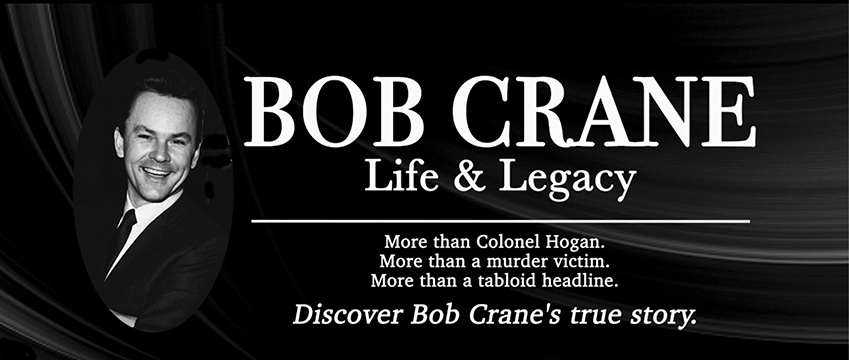These photos are a series of screen shots from the 1947 film noir, Boomerang, starring Dana Andrews, Lee J. Cobb, and Jane Wyatt. Filmed on location in Stamford, Connecticut, the movie opens with a fantastic panoramic, 360-degree view of downtown Stamford.
This is how Stamford looked during the 1940s and how Bob Crane would have remembered his hometown. It was a bustling town and full of activity, where everyone knew everybody else. Stamford is where Bob grew up, attended school, graduated from high school, played in jazz bands, served in the National Guard, married his first wife (Anne), and spent the majority of his youth and young adult years.
You can learn more about Stamford's rich history by visiting the Stamford Historical Society's Web site. And if you have not watched Boomerang, it is highly recommended that you do!
This is how Stamford looked during the 1940s and how Bob Crane would have remembered his hometown. It was a bustling town and full of activity, where everyone knew everybody else. Stamford is where Bob grew up, attended school, graduated from high school, played in jazz bands, served in the National Guard, married his first wife (Anne), and spent the majority of his youth and young adult years.
You can learn more about Stamford's rich history by visiting the Stamford Historical Society's Web site. And if you have not watched Boomerang, it is highly recommended that you do!
 |
| Old Town Hall on the corner of Atlantic and Main Streets, The church spire for St. John's Roman Catholic Church is visible to the left. Bob Crane's father worked in C.O. Miller's Department Store, once located directly behind Old Town Hall on Bank Street. Stamford, Connecticut, circa 1946. |
 |
| Atlantic Street facing north and away from Old Town Hall. Stamford, Connecticut, circa 1946. |
 |
| Main Street facing east and directly across from Old Town Hall. Park Row is to the left. This section of Main Street and Park Row no longer exists. It is now the site of the Stamford Town Center Stamford, Connecticut, circa 1946. |
 |
| Main Street facing east and across from Old Town Hall. Finlay Straus Jewelers, where Bob Crane worked from 1946 to 1950 as a watch repairman and salesman, had been located on the right side of Main Street, about where you see the telephone pole. This section of Main Street no longer exists. Today, it is the site of the entrance ramp to the Stamford Town Center. Stamford, Connecticut, circa 1946. |













